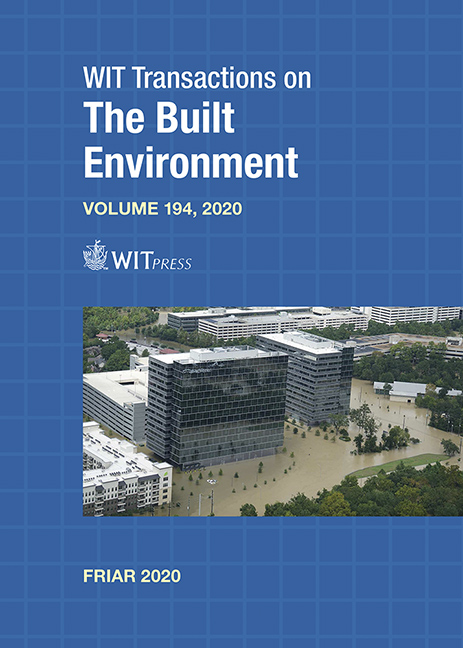INFILTRATION–EXFILTRATION SYSTEMS DESIGN UNDER HYDROLOGICAL UNCERTAINTY
Price
Free (open access)
Transaction
Volume
194
Pages
12
Page Range
143 - 154
Published
2020
Paper DOI
10.2495/FRIAR200131
Copyright
WIT Press
Author(s)
ANITA RAIMONDI, MARIANA MARCHIONI, UMBERTO SANFILIPPO, GIANFRANCO BECCIU
Abstract
The current scenario of urban drainage management encourages the use of sustainable urban drainage systems (SUDSs) acting on runoff volume, peak flow and quality standards. Infiltration–exfiltration systems (IES) are part of SUDSs: they are composed of a high permeability surface and a structure that functions as a reservoir; depending on site characteristics, stormwater can be infiltrated on subsoil, drained or a combination of both. IES design consists basically of sizing the reservoir layer depth according to rainfall, soil and drainage characteristics considering a maximum drainage time between 24 and 72 hours. If long records of rainfall data are available, continuous simulations are performed, otherwise the so called “design event” method is used. It considers a single rainfall event, neglecting the possibility that the storage capacity can be partially filled from previous rainfalls. This paper proposes an analytical probabilistic approach for IES design, combining the simplicity of “design event” methods and the statistical reliability of continuous simulations. It considers the possibility of pre-filling of the reservoir layer from more than one previous event, a key aspect for the correct design of low release structures as IES. The approach has been tested applying proposed equations to a case study, in Milan, Italy, and comparing the results with those from the continuous simulation of recorded data.
Keywords
infiltration–exfiltration systems, hydrological uncertainty, sustainable urban drainage systems, pre-filling, analytical probabilistic modelling





